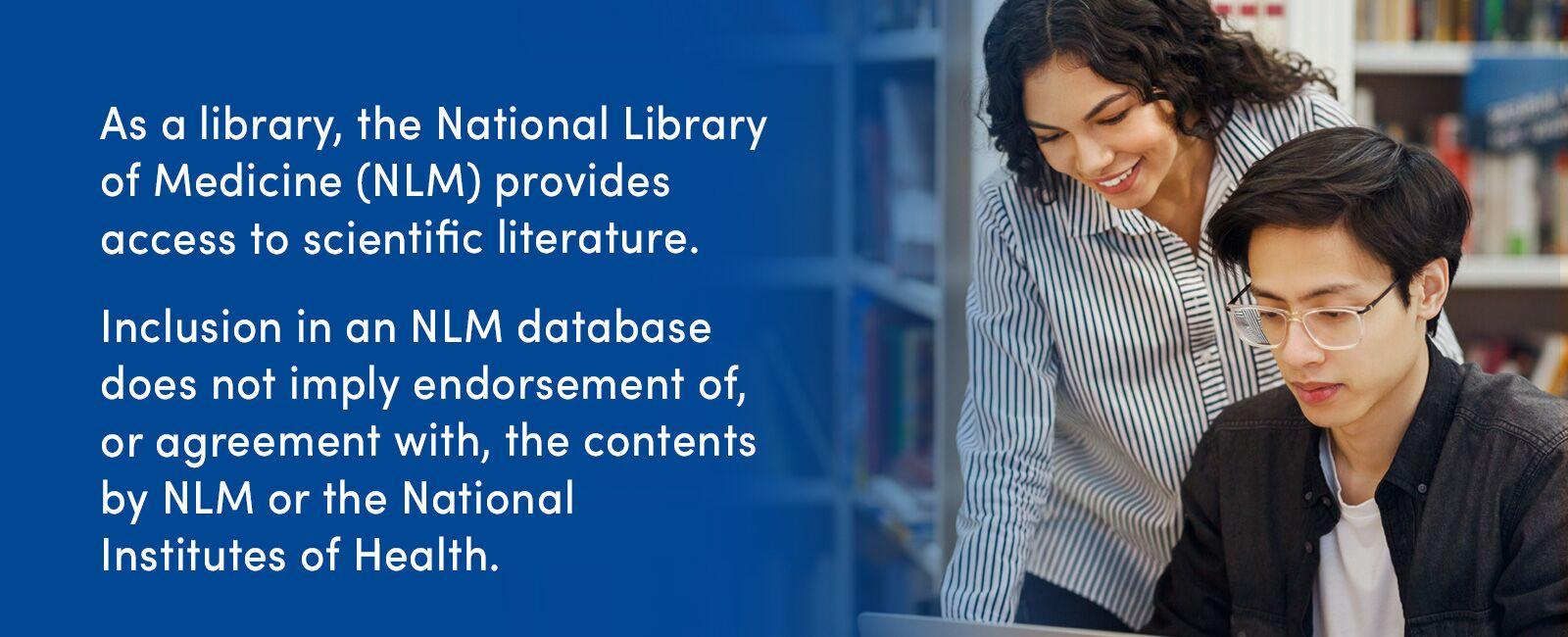Public health surveillance response following the southern Alberta floods, 2013

Public health surveillance following the devastating southern Alberta floods of 2013 was a crucial measure in preventing the spread of diseases and ensuring public safety. In response to the floods, which forced tens of thousands of people to evacuate, public health officials were faced with a daunting task of monitoring potential health risks in the aftermath of the disaster. This article is particularly fascinating as it sheds light on the critical role public health surveillance plays in disaster response and recovery.
According to the article, the floodwaters were contaminated with various pollutants, including raw sewage, gasoline, pesticides, and other hazardous materials. The article notes that flooding increased the risk of outbreaks of waterborne and vector-borne diseases such as E. Coli, Salmonella, and West Nile virus. To combat the spread of these diseases, public health officials from Alberta Health Services (AHS) intensively monitored the flood-affected regions. With the aid of emergency response personnel and local authorities, health officials did everything possible to identify potential health risks and provide health education to the public regarding safe food and water practices.
The article also highlights the importance of interdisciplinary collaboration in disaster response. Health officials worked closely with other emergency response agencies, global health organizations, and local communities to motivate people to take care of their personal hygiene and to avoid contaminated water and areas.
While this article provides valuable insight into disaster response, it can also serve as a valuable lesson for the role of public health surveillance in mitigating disasters’ impact on human health. Ultimately, this article demonstrates how the health community must be vigilant in tracking potential health risks in disaster zones, even if the effects of natural disasters are not always visible or immediately evident. Public health surveillance is thus a critical tool in safeguarding public health and minimizing the impact of disasters on human life.
Quick Links

